A Simple Guide to Priming and Storing Industrial-Grade Liquid Paint Markers

We share advice, tips, information, and stories about industrial marking and its uses in the various industries that create, manufacture, and build global infrastructure, and the world's greatest engineering marvels. As the leader in the industrial marking category since 1934, we're proud to support the hardworking contractors, tradespeople, and workers who build and maintain the world around us.
Industrial-grade liquid paint markers are essential tools for various applications, including manufacturing, welding, fabricating, construction, and MRO. However, to ensure optimal performance and longevity, it is crucial to properly prime and store these markers.
In this article, we will guide you through the process of priming and storing your industrial-grade liquid paint markers, helping you get the best results from your Markal® markers and extend their lifespan. Please note that Markal® has liquid paint markers for general-purpose applications, as well as formulations beyond general-purpose marking criteria, that meet high-performance requirements for specific industrial applications.
Detailed information about the safe handling and storage of specific Markal® markers can be obtained by visiting the Resource page on our website and downloading the Safety Data Sheet for the marker.
Priming Industrial-Grade Liquid Paint Markers
Priming liquid paint markers is a necessary step to activate the paint flow and achieve consistent, vibrant marks. Follow these steps to prime your Markal® liquid paint markers effectively:

- Shake well: Before priming, make sure to shake the marker vigorously. This action helps mix the paint pigments and other components uniformly, ensuring a consistent flow of paint.
- Depress the nib: Hold the marker upright and press the nib against a firm surface, such as a piece of metal or hard plastic. The divot on top of the marker cap can be used as well. Gently but firmly, depress the nib several times until you see the paint begin to flow consistently. Do not be overly rough when handling the marker or continue depressing the nib once the paint has begun to flow to the tip of the nib; these actions can lead to leaks and marker breakage.
- Test the marker: Once the paint flows smoothly, test the marker on a spare surface to confirm that it's working properly. Use the same type of surface for testing that you will be using for your application to ensure marking performance satisfies your expectations. You can adjust the pressure applied to the nib as needed to control the thickness of the paint marks. Less pressure will result in the release of less paint and thinner marks while more pressure will release more paint for a thicker marking application.
- Recap the marker: After priming or each use, recap the marker tightly to prevent the nib from drying out. Ensure that the air-tight cap is securely sealed to maintain the marker's integrity. Should the nib dry out or the liquid paint settles from disuse, the marker can be revived by repriming or replacing the nib.
Storing Industrial-Grade Liquid Paint Markers
Proper storage is vital for preserving the quality and lifespan of your Markal® liquid paint markers. Here are some guidelines to follow:
- Store horizontally: To prevent uneven pigment distribution and maintain paint consistency, it's best to store Markal® liquid paint markers horizontally. This position helps keep the pigment and other components uniformly mixed. If settling does occur, shake the liquid paint marker and the agitator ball will remix the materials.
- Avoid extreme temperatures: Extreme heat or cold can adversely affect the quality of the paint in liquid paint markers. Store your markers in a cool, dry place, away from direct sunlight, heaters, or freezing temperatures. Excessive or prolonged exposure to heat can cause some paints to dry out, while extreme cold can affect the consistency and flow of the paint.
- Keep markers capped: Always ensure that the markers are tightly capped when not in use. This practice prevents air exposure, which can lead to paint drying out or thickening. Additionally, tightly capped markers minimize the risk of accidental spills or leaks.
- Store away from other chemicals: Industrial-grade liquid paint markers should be stored separately from other chemicals to avoid potential reactions that could compromise the integrity of the markers or affect the paint quality.
- Check expiration dates: Markal® industrial-liquid paint markers have shelf lives, indicated by expiration dates on the packaging. Be sure to check the expiration date and avoid using markers that have surpassed their recommended usage timeframe.
Properly priming and storing Markal® industrial-grade liquid paint markers is crucial for achieving optimal performance and maximizing their lifespan. By following the steps outlined in this guide, product users can ensure consistent paint flow and preserve the quality of their Markal® markers. Remember to prime the markers by shaking them well, depressing the nib, testing the paint flow and performance on the desired surface, and securely recapping the marker when done. Store your markers horizontally, away from extreme temperatures and other chemicals. By adopting these practices, you can enhance your marking experience and get the most out of your Markal® liquid paint markers.
About LA-CO Industries, Inc.
LA-CO Industries, Inc. is a family-owned global manufacturing company specializing in industrial products since 1934. Its mission is to complete the world’s jobs through ink and paint expertise. Brands of LA-CO Industries include: Markal® hand-held industrial markers, Tempil® temperature indicators, LA-CO®branded plumbing chemicals, and the All-Weather® brand of livestock identification products.
LA-CO Industries-branded products can be found at over 4,000 distributors and are currently sold in more than 70 countries. For more information visit www.lacoindustries.com.
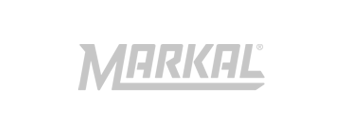
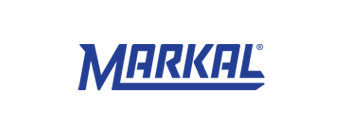
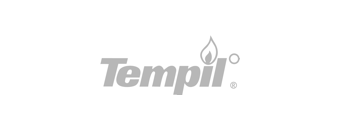
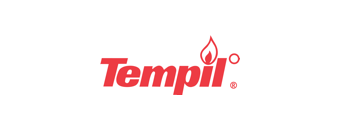

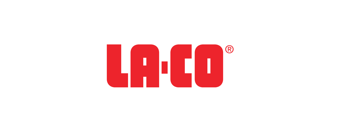

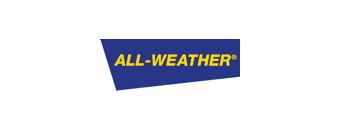











Comments 0